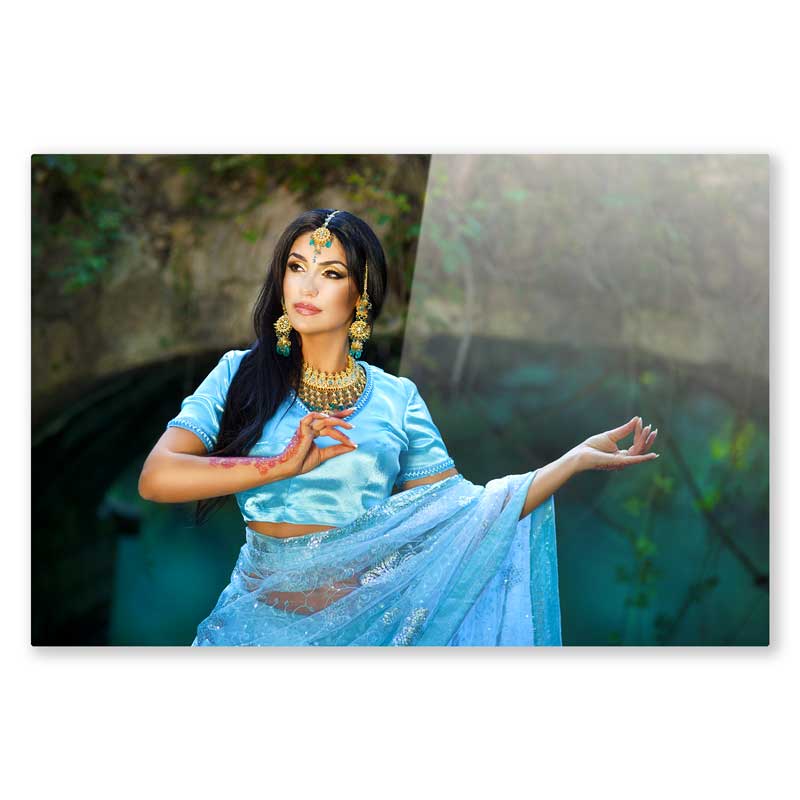I have a friend that prints his own work on a mega-thousand dollar printer in his studio (he uses FinerWorks.com to print on canvas since his own printer does not handle the matte canvas they use very well). Recently he spent close to $2000 on an incredible monitor produced by Mac. Although I don’t remember the model name it looks incredible with a 23” display. The only thing I don’t like is gama levels are a little higher than I prefer, but still is the best I have seen so far on the market. As an artist, I can’t afford one just yet but I am going to have my company get me one very soon.
With that said I was surprised to find out from him that even though he agrees the monitor is incredible and has done everything right, he still will create small proofs of his work before making is production prints to sell whether he is printing them himself or using FineWorks.com. I am not as particular as he is since I work only in digital anymore but like many traditional artists, he wants to get the most accurate match in color matching to his originals. For this reason proofing is a "must" according to some artists but the reality is that due to time constraints, cost, etc., many artists and photographers choose to bypass this step.
According to him, here are the reasons he prints proofs below.
Color density is a problem that many artists and photographers deal with when making enlargements. This is the optical illusion that occurs when the eye takes in an image at a much larger format than it is use to seeing. For – example, when you print an image in a large format which you are use to seeing smaller such as on a computer screen or in a smaller printed format, you take in colors differently. Once those colors are spread out over a larger area you will likely perceive some colors you did not realize were there. This is why even people with calibrated monitors will sometimes choose to tweak an image file further based upon the size of their print.
Media compatibility is where an image may need output better on a specific media type due to its brightness level and media profile setting on a printer. Although the some the matte canvas seems to have the highest gamut of colors and is overall the most popular there are instances in which an artist or photographers finds a different media compliments their work better. For this reason many artists and even photographers will order smaller prints (for proofing purposes) on different media types. The downside is that you can still err when it comes to color density (see above).
In conclusion, the fact he has a great monitor, even his own printing system, does his own soft proofing in Photoshop, etc., he still will create a proof of every print he creates. I find that extravagant but I now understand why he does this.
Acrylic Glass Prints
Transform your space with our sophisticated Acrylic Glass Prints, featuring exceptional clarity and durability to showcase photography, art reproductions, or commercial applications with modern elegance.
